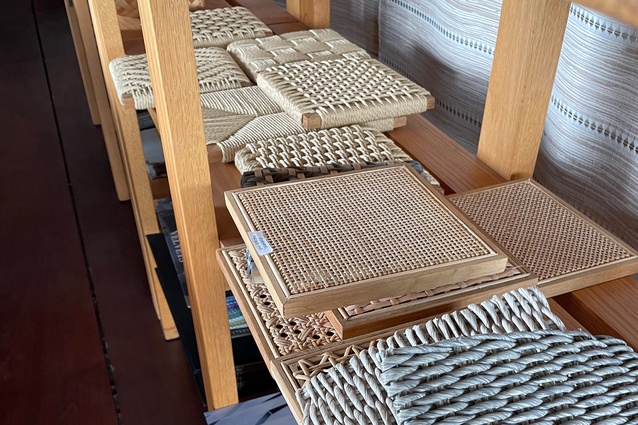Navigating global sourcing with confidence
Emma Harvey-Gibbs, procurement director at CTRL Source, shares insights into the smooth sailing and the turbulence of sourcing furniture, fixtures and equipment (FF&E) overseas to enhance world-class spaces.
You have the client, you have the project but do you stay local or look overseas for your FF&E?
Emma Harvey-Gibbs (EHG): In an increasingly interconnected economy, sourcing furniture — whether locally or internationally — plays a vital role in achieving the right balance of quality, innovation and cost efficiency. Local suppliers offer the advantages of proximity, potentially lower environmental impact and alignment with community values. International partners can provide access to cutting-edge designs and competitive pricing. For many businesses, overseas sourcing has become a strategic complement to local procurement, offering expanded options and greater flexibility. However, international sourcing also introduces challenges such as quality consistency, shipping delays, communication gaps and complex logistics. To successfully navigate this landscape and maximize value, a thoughtful, well-planned sourcing strategy is essential.
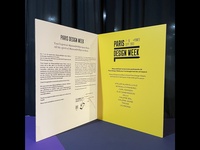
The supplier search party: The moment when your detective skills are as sharp as Poirot’s
EHG: Successfully sourcing products from overseas starts with finding the right suppliers — but it’s about much more than just going with the most affordable option. It’s about partnering with suppliers who have a solid reputation, strong production capabilities and a proven track record of meeting quality standards and delivery timelines that match your business needs.
Once you’ve identified a potential supplier, regular and open communication becomes crucial, especially when working with someone new. Set clear expectations right from the start. Define timelines, agree on key milestones and make sure they follow strict manufacturing and quality control processes. Staying in close contact and being transparent helps you spot and manage potential risks early on, keeping your procurement process smooth and reliable.
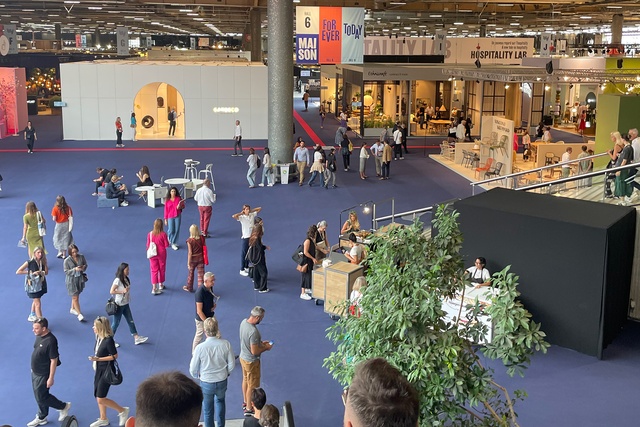
In a world where everything is a click away, are trade shows still worth the trip?
EHG: While plenty of supplier research can be done from the comfort of your desk, nothing beats the experience of a trade show. These events are a golden opportunity to connect face-to-face with potential partners, inspect products firsthand and get a real sense of a supplier’s professionalism, communication style and commitment to quality.
I’ve personally gained a ton of insight from attending a wide range of trade shows and design weeks over the years. For trend-spotting and design inspiration, Clerkenwell Design Week and Maison & Objet are my top picks.
Let’s start with Clerkenwell — held in the heart of London, it’s a vibrant, creative showcase where education and fun go hand in hand. It’s one of my favourite events on the design calendar, not just for the innovations on display, but for the atmosphere. As the day wraps up, the local pubs come alive with a buzzing mix of designers, suppliers and creatives, all swapping ideas (and laughs) over a pint. And if the British weather plays nice? Even better.
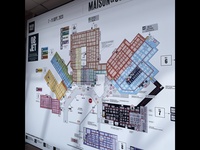
On the other spectrum, Maison & Objet in Paris brings that unmistakable French flair — elegant, well-organised and effortlessly stylish. The layout allows you to explore at your own pace, soaking in the latest European trends without feeling rushed. It’s the kind of place where you can slow down, reflect and really dive into what’s hot (and what’s definitely not).
If you’re heading to a trade show with the goal of making serious contacts and locking in suppliers who offer customisation within budget, I’d strongly recommend IFEX in Jakarta and CIFF in Guangzhou. These shows are where the real deals happen — but be warned, they’re not for the fainthearted. Go in prepared: bring a stack of business cards, have Google Translate at the ready and make sure you’re wearing comfortable shoes — you’ll be covering serious ground. It’s fast-paced, intense and exciting — a true deep dive into the world of global furniture sourcing.
Logistics and customs:
Are there more than just swear words in the procurement vocab?
EHG: One of the most significant hurdles in overseas procurement is managing the intricacies of international logistics. Delays, unexpected damage, or higher-than-expected shipping costs can threaten the success of a procurement strategy if not addressed proactively.
Engaging a reputable freight forwarder is one of the most effective ways to mitigate these risks. Freight forwarders handle the complexities of customs clearance, tracking, and delivery, ensuring that products arrive safely and on schedule. They also assist in navigating the often-difficult terrain of import duties, taxes and tariffs — factors that can vary dramatically depending on the origin country and product type.
Understanding these potential costs upfront is critical for creating a realistic and comprehensive procurement budget. Failure to account for import duties and taxes can quickly erode expected cost savings. By working closely with a freight forwarder to establish clear shipping agreements, you can avoid costly delays and ensure that your international sourcing remains on track.
Quality control and clear communication: The dynamic duo for keeping things consistent
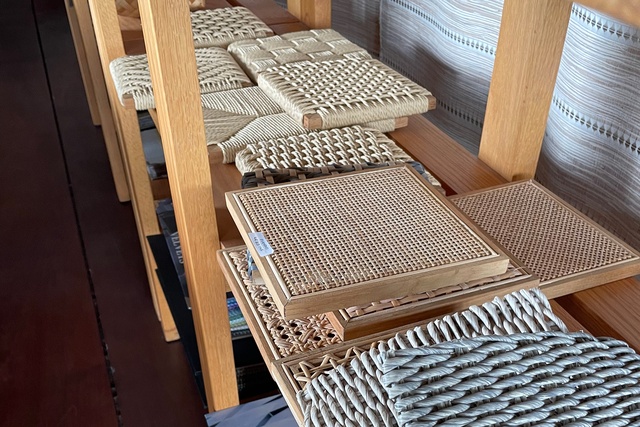
In global sourcing, one of the most pressing concerns is maintaining consistent product quality, especially when dealing with suppliers from distant locations. With limited visibility into the supplier’s operations, it becomes essential to implement rigorous quality control procedures.
Requesting regular updates and samples throughout the manufacturing process can provide valuable oversight. Additionally, conducting inspections at key stages — during production and prior to shipment — ensures that the final product meets your expectations. For larger high- volume orders, in person inspections will offer an additional peace of mind.
Communication is just as critical. Time zones and language differences can make things tricky, but staying connected is key. Be prepared for WhatsApp notifications lighting up your phone well into the evening — and you just know that FaceTime request will come through at the most inconvenient moment, like halfway through dinner or while you’re brushing your teeth. But honestly, it’s all part of the process. Tools like video calls and real-time messaging may occasionally catch you off guard, but they go a long way in bridging the distance and keeping everyone on the same page. When expectations are clearly communicated, you’re far less likely to hit bumps in the road — and your sourcing process will run all the smoother for it.
Currency and payments: Trump’s tariffs have turned you into an expert foreign exchange trader
EHG: Currency exchange rates can be a bit of a wild card when you’re sourcing internationally. A shift in the rate between placing an order and making the final payment can suddenly bump up your costs — and not in a good way.
To mitigate this risk, consider using financial instruments like forward contracts to lock in exchange rates. This helps to stabilize costs and shield your business from unexpected market shifts. Additionally, ensuring secure payment methods — such as letters of credit or escrow accounts — adds an extra layer of protection, safeguarding against supplier defaults or non-delivery issues.
So, is it worth it?
EHG: Sourcing furniture from overseas can open the door to exciting opportunities — whether it’s discovering unique designs, accessing competitive pricing, or tapping into cutting-edge manufacturing capabilities. But as with any business decision, it’s not without its challenges. The key is to be proactive: do your homework on potential suppliers, explore trade shows to see what’s out there, manage logistics thoughtfully and keep the lines of communication wide open.
Success in overseas sourcing doesn’t happen by chance — it takes a clear, thoughtful strategy. Focus on building genuine relationships with reliable partners, stay up to date on market trends and never lose sight of quality. Global sourcing does involve risks, but with the right approach, you can confidently navigate the process and make the most of what international procurement has to offer.
CTRL Source is the procurement arm of architectural design practice CTRL Space.



